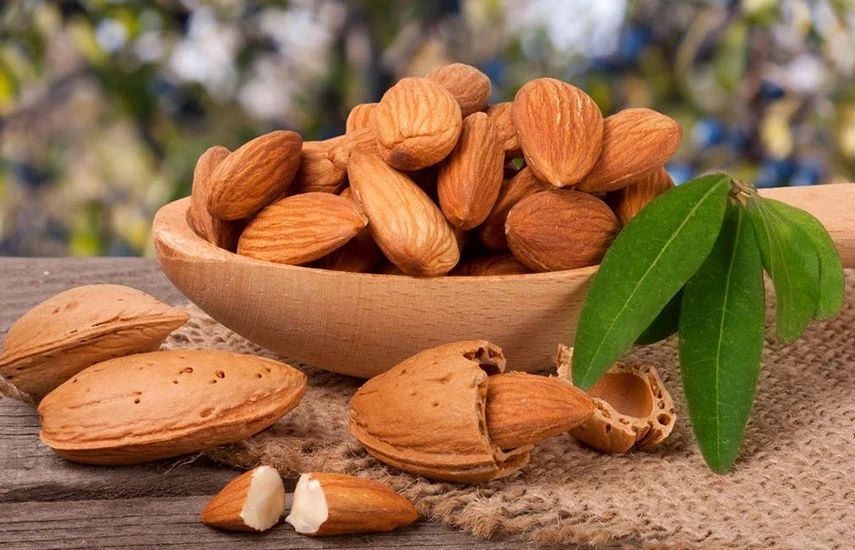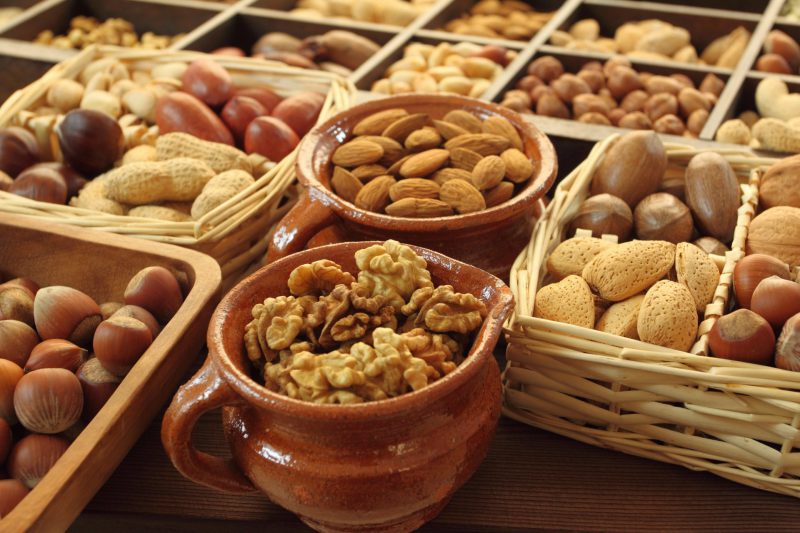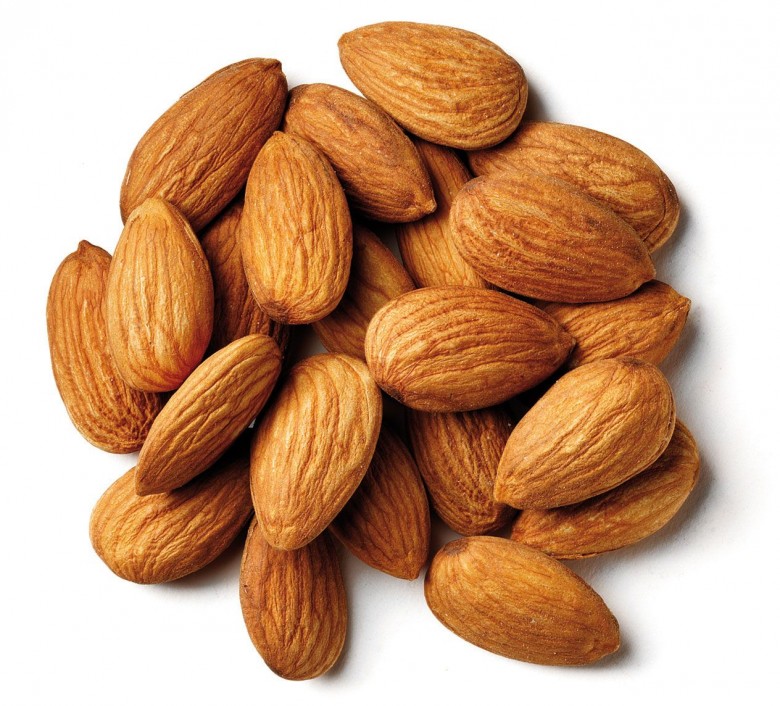Almond trees are considered one of the earliest domesticated crops. And if they were supposedly first grown in Jordan, in our time the United States has become the leader in the supply of almonds.
Almonds are eaten raw or roasted as a snack or added to sweet or savory dishes. How it is useful and why it is important to add it to your diet - we will tell you in our article.
What you need to know
Although almonds are commonly referred to as a nut, they are actually the edible seeds of the fruit of the almond tree. They are covered with a tough skin. Close relatives of almond trees are apricots, which are also grown in warm, dry climates. Their kernels are sometimes confused with almonds due to their external similarity. But apricot kernels are much softer, the peel is easier to remove, and almonds are usually darker in color.

The almond tree belongs to the Rosaceae family and the Plum genus. There are two varieties of almonds: sweet and bitter. The former is eaten and the latter is used in the production of flavoring extracts for foods and liqueurs. Bitter almonds should not be eaten because they contain amygdalin, a toxin that can harm health and even cause death.
Calories and nutritional value of almonds
Almonds contain many beneficial substances. One 28 gram serving contains
-160 calories;
-6 g carbohydrates;
-3.5 g fiber;
-6 g protein;
-6 g protein;
-76.3 mg calcium;
-1 mg iron
-136 mg phosphorus;
-208 mg potassium;
-0.9 mg zinc;
-0.3 mg copper;
-0.6 mg manganese;
-1.2 mcg selenium;
-7.27 mg vitamin E.
Almonds also contain copper, vitamin B2 (riboflavin) and phosphorus. As a plant product, it contains phytic acid. It impairs the absorption of iron, zinc and calcium and can contribute to mineral deficiencies.
Almonds may help lower sugar levels
Almonds are rich in magnesium, which is involved in many processes in the body, including blood sugar control. Two servings of almond seeds contain approximately 150 mg of this trace element, with a total daily intake of about 310–420 mg.

25–38% of people with type 2 diabetes are magnesium deficient. And if it is replenished, the blood sugar level decreases. This indicates that foods high in magnesium, such as almonds, may help prevent type 2 diabetes. In one study, 20 people with type 2 diabetes ate 60 grams of almonds per day for 12 weeks. As a result, there was a decrease in sugar and lipid levels.









